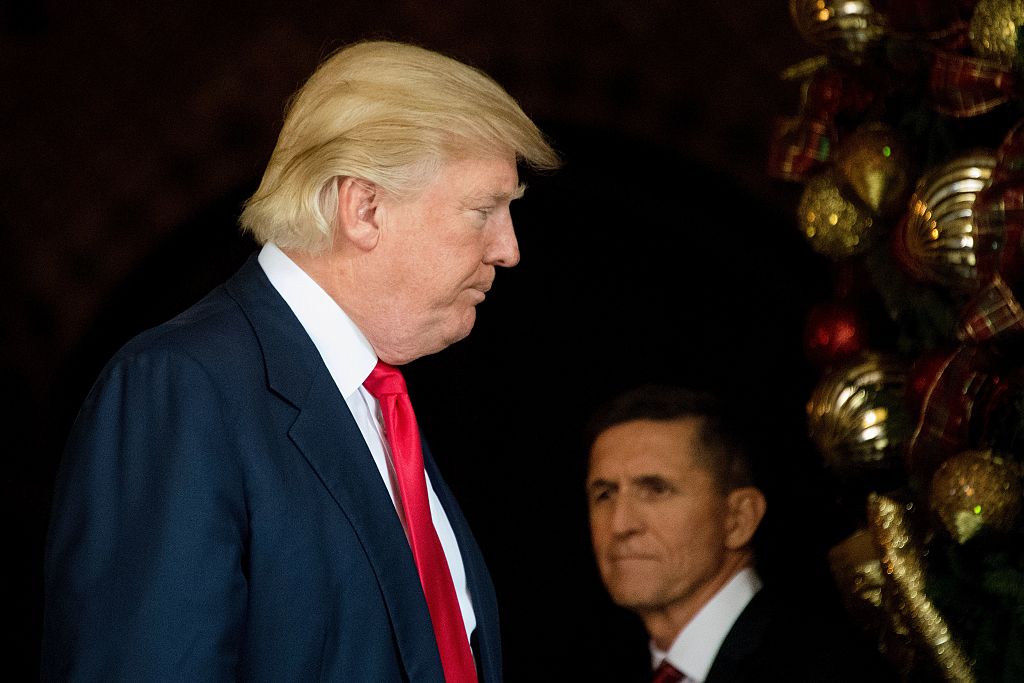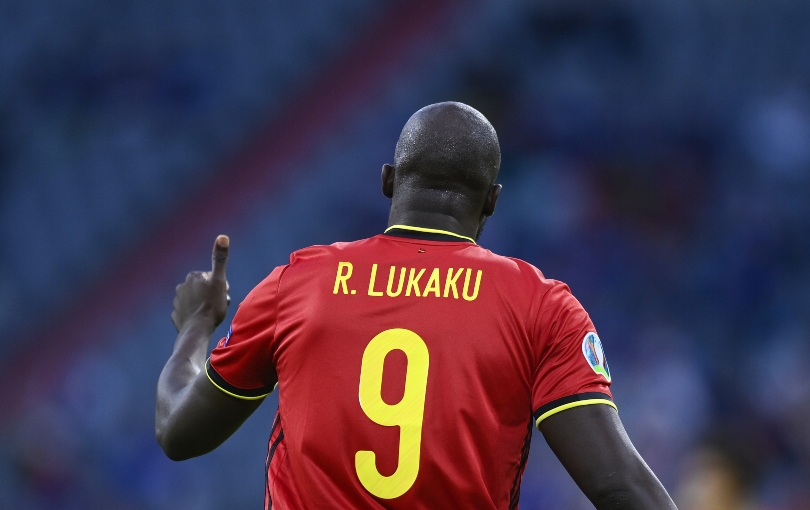
- Select a language for the TTS:
- UK English Female
- UK English Male
- US English Female
- US English Male
- Australian Female
- Australian Male
- Language selected: (auto detect) - EN
Play all audios:
Earlier this month, in the Indian state of Rajasthan, bystanders took selfies while three men lay dying after a road accident. The week before, two men were beaten to death by a mob in the
state of Assam after false rumours of their involvement in a kidnapping were spread on WhatsApp. And a study recently found that India is the world leader when it comes to selfie-related
accidents. Only around 30% of Indians have access to the internet and under 15% use social media, but social media and selfies have captured the public imagination. Some fear that the social
media sensation has gone too far, encouraging dangerous behaviours and exacerbating tensions between groups. Others are using social media to bring about positive social change. SELFIES:
FROM POP CULTURE TO POLITICS Selfies have certainly become a much more prominent part of Indian society in recent years. Part of this has to do with Bollywood actors and other entertainers
spreading the popularity of selfie culture through films, music and television. The chorus of the song “Selfie Pulla” from the Tamil movie Kaththi, for instance, is a catchy repetition of
“Let’s take a selfie, pulla (girl)”. It also includes the lines, “Let’s live in Instagram, let’s shoot and snap every moment of our life”, and “Let’s share on Facebook to get unlimited likes
and shares”. India’s prime minister, Narendra Modi, is also a skilled social media user who has the second-highest Twitter following of any world leader (after a certain @realDonaldTrump)
and is the most “liked” leader in the world on Facebook. But with this enthusiasm for social media has come criticism. In 2015, Modi encouraged fathers to send him photos of themselves with
their daughters via Twitter, using the hashtag #SelfieWithDaughter. The initiative was part of efforts to reduce the preference for male children. ------------------------- _ READ MORE:
NARENDRA MODI, INDIA'S SOCIAL MEDIA STAR, STRUGGLES TO GET GOVERNMENT ONLINE _ ------------------------- But feminists were not impressed, taking issue with the failure of the
initiative to adequately address the issue, the invisibility of mothers in the campaign, and the hypocrisy of some supporters who had otherwise misogynist Twitter feeds. Actress Shruti Seth
tweeted, “A selfie is not a device to bring about change Mr. PM. Try reform,” with the hashtag #selfieobsessedPM. SELFIE CULTURE TURNS DANGEROUS Such is the explosion of selfie culture that
young Indians have gone to great lengths in pursuit of the perfect shot. Sadly, an 18-year-old woman drowned after she and her friends fell into the sea while taking selfies in a Mumbai
suburb. A young man died while taking a selfie on top of a train in Delhi. To curb this occasionally fatal quest for online “likes”, authorities are starting to take action. The Ministry of
Railways issued a warning to young people taking selfies near train tracks, while the Mumbai police identified and publicised 16 selfie danger zones and the Karnataka government in
southwestern India announced plans for a safe selfie campaign. Among other recent measures, the Hindu Kumbh Mela festival was declared a “no selfie zone” to avoid stampedes, and selfie
sticks were banned at 46 museums across the country to protect archaeological artefacts. The backlash has also extended to college campuses. At many university colleges, selfies and mobile
phones have been banned for reasons ranging from destruction of the academic culture to facilitating kidnapping and rape. MOB VIOLENCE FUELLED BY WHATSAPP Authorities have also targeted
WhatsApp, the largest online communication platform in India with over 200 million users. In recent months, some two dozen innocent people have been killed by angry mobs in India after false
rumours of child kidnappings were spread on WhatsApp. To try to curb incidents of mob violence, the Ministry of Electronics and Information Technology (MEITY) recently mandated that
WhatsApp “ensure that their platform is not used for such malafide activities”. In response, WhatsApp announced it would test a feature that would prevent Indian users from forwarding
messages to more than five people or groups at once. In the highly militarised state of Jammu and Kashmir, a district magistrate has gone so far as to order all WhatsApp group administrators
to register with the police. This idea that new media fans the flames of communal tension is also making internet shutdowns an increasingly common strategy in times of unrest. NEW MEDIA,
OLD ISSUES Are social media platforms really to blame for social ills, though? In a recent article, Divij Joshi, a research fellow at the Vidhi Centre for Legal Policy, argues that
authorities in India should be focusing on the social issues contributing to mob violence, rather than the platforms used to inflame tensions and spread rumours. A similar point is made by a
team of researchers from a global social media research project called Why We Post. Digital platforms such as WhatsApp and Facebook make new forms of interaction between people possible.
But, these researchers argue: > the platform is surprisingly irrelevant to finding explanations for > why and how people use social media. It provides the place, but not > the cause
nor the explanation. For example, in the South Indian field site for the project, researcher Shriram Venkatraman found that people connected mostly with others of similar social status
online and some families restricted women’s access to the internet to prevent relationships with men. Social media does not create these class and gender inequalities. It is simply a new
space where these old problems persist. ------------------------- _ READ MORE: FACEBOOK IS FIGHTING SOCIAL MEDIA IDENTITY THEFT IN INDIA, BUT IT'S A GLOBAL PROBLEM _
------------------------- Social media restrictions are not just ineffective solutions, they may also undermine India’s democracy. There is evidence that such restrictions are being used to
silence voices critical of the government. As researchers from India’s Internet Democracy Project point out, the government and courts already have very broad powers to limit and censor
online communication. Expanding these powers poses a serious threat to freedom of expression in the digital space. SOCIAL MEDIA FOR POSITIVE SOCIAL CHANGE Restricting access to social media
also overlooks its potential for positive social change. New media is being used in India to enable young people and marginalised groups to tell their stories, for example, and to provide
information on sensitive issues like mental health and sexual and reproductive health rights. ------------------------- _ READ MORE: DOMESTIC VIOLENCE AND FACEBOOK: HARASSMENT TAKES NEW
FORMS IN THE SOCIAL MEDIA AGE _ ------------------------- Social justice organisations have also begun adapting their social media use to reach greater numbers of people. Japleen Pasricha,
founder and director of Feminism in India, told me her organisation added WhatsApp to their social media repertoire at the end of last year, hoping to make their content go viral to “counter
the sexist memes and jokes we all receive in various family and friends’ WhatsApp groups”. Some of this social justice work is aimed directly at transforming the way information technology
is used in India. This includes tackling the gender gap in access to technology (71% of internet users in India are men) and educating young people about staying safe online. Social media
may often be a tool for exacerbating the conflicts and reinforcing the inequalities of the offline world, but people across India are working to change this.







